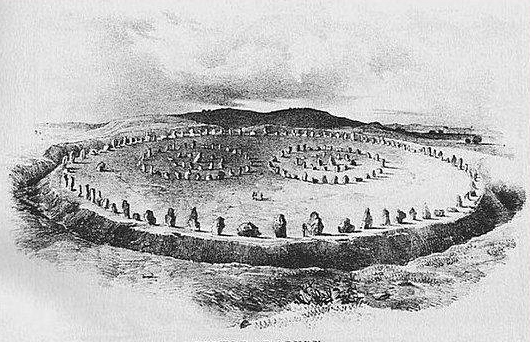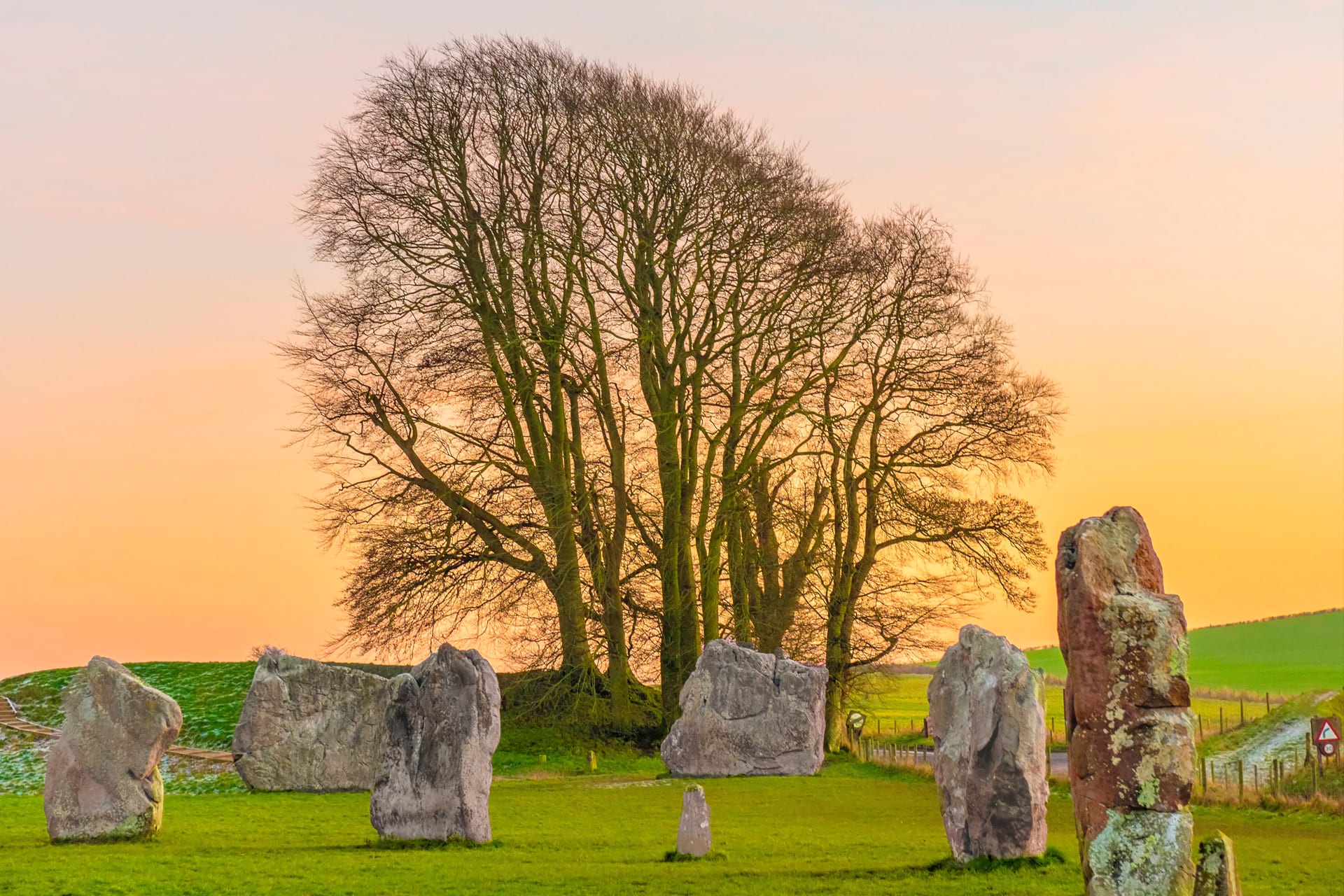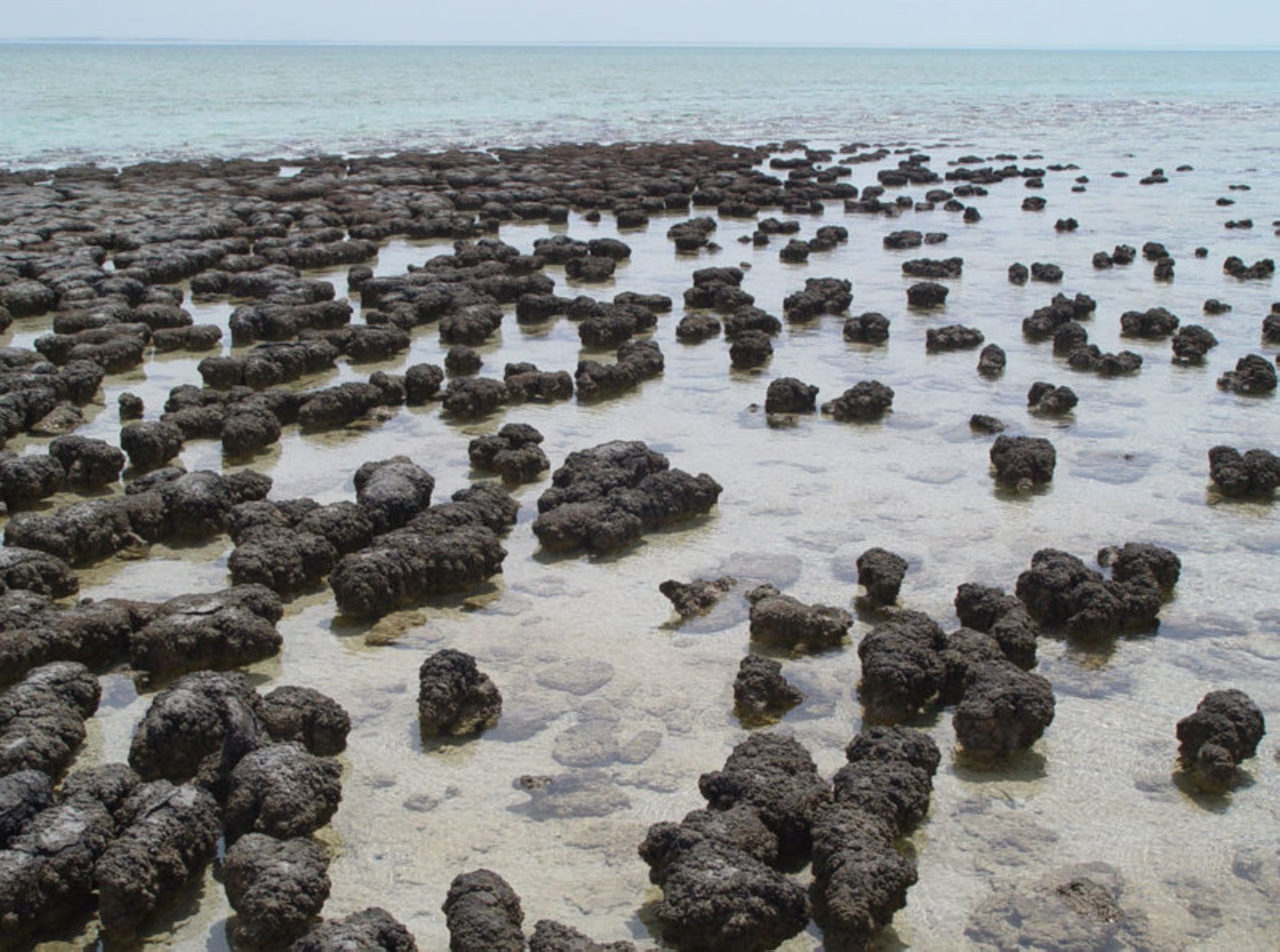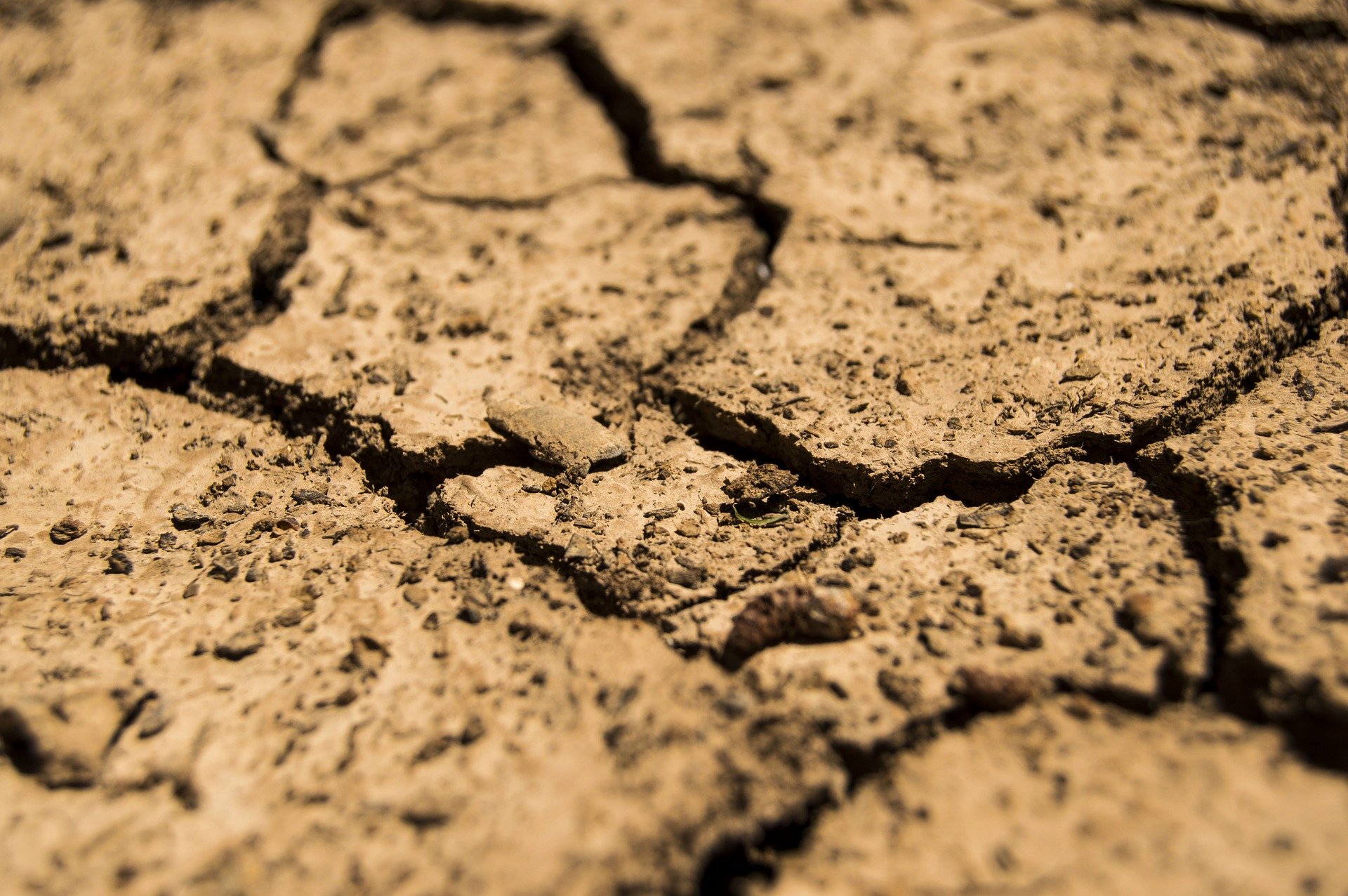Avebury Part 1/6 - How did it come to this?
I would like to explain my travelogue of my various trips to Avebury. These blog posts will consist of six parts. I hope you like it.
An overview.
We see today a battered monument in which man lives. We are lucky to be able to touch the stones, something that is virtually forbidden in Stonehenge. The National Trust manages the stones:
- In Avebury, the megaliths are unprocessed. They are only chopped loose from the mountains, put on transport and set up. Maybe that’s why we’re still allowed to touch them. The same situation occurs with all the stone Henges that are frequently scattered throughout England and Scotland. These smaller Henges are usually unobtrusive in the field. They are only accessible on foot and there is hardly any local accommodation. So basically there is virtually no control and one is counting on the common sense of the visitors.
- In Stonehenge, the megaliths have been modified. So they are also chopped loose from the mountains and put on transport. But then they are chiseled and smoothly polished in a shape and then they are set up. A mandatory walking path on site ensures that they cannot be touched. There is one exception to this principle and that is during the night of the summer solstice of June 21. The footpath is then temporarily demolished and people are allowed to get to the heart of the circle and blunt their touch phrases.
So in Avebury, not a single stone is pristine. All of them have been groped and scratched, some do not belong in this place because mistakes have happened during the restoration. I wouldn’t dare scratch my name in it even if it would hardly affect the next 1000 years. Not everyone feels the same way about this and the period of the summer solstice is a cancer. There is then a check to limit the damage. But the rest of the year the supervision is also minimal here and at night and at night there are apparently still some who feel called to leave their DNA behind.
The Stone Circle itself is just over 4500 years old, this could correspond to about 200 generations. Chicken legs have been found at the bottom of the stones and their age has been determined. These legs did not come naturally, and only at the time of the creation could they end up there or not.
And yes, there are still certainties:
- The first certainty is our mortality here on earth. This is perhaps the most absolute of its kind. Those who doubt this were dismissed as an eccentric, sometimes even as a shunable person.
- Another certainty is that the earth is round. A long time ago, people thought differently about this for understandable reasons. A progressive insight with time provided irreversible evidence and it is what it is. However, there are those who doubt this, they have united in the Flat Earth Association and their numbers would increase even.
- The next certainty in place is that people (like you and I) made the huge effort to build a place (a sanctuary) that was important to them. As it happens, those stones didn’t get there, so they’re not ice age stray stones. This has cost blood, sweat and tears. I don’t want to imitate it. But here too one dares to doubt.
If we only look at the large circle, it’s about 100 stones (98 to say exactly). They are 3 m to 7 m high, 20 tons to 60 tons heavy and they sit 2 m to 3 m in the ground. The stones are thus in a circle with a diameter of about 350 m. With the ditch and the shore we arrive at 400 m. So they are about 10 m between them. Some 30 of these are currently preserved. 30% is intact, it is said that the monument is exceptionally well preserved. This is sometimes said to be a Greek or Roman temple. Break down 70% of your own home and see what is left and what can be deduced from it.

This reconstruction gives a complete picture of the Stone Circle of Avebury by William Stukeley.
How did it come to this?
We’ll finish the timeline in rounded periods starting at about 2500 BC:
- It is estimated that the monument has been built for about 500 years. More broadly, it is the large circle with moat and wall, two smaller enclosed circles, an access road, a sanctuary and a cemetery.
- The first 2000 years the monument is finished, it stands all these years to shine in the sun. Humans have used it for several centuries, but from 1500 BC onwards, it has been somewhat abandoned. The monument remains virtually complete, but people are moving away and not using it anymore. There is an enormous amount of time and the first signs of decay are expressed:
- For 2000 years, nature has been doing its job. It can rain heavily the surface becomes soggy and the stones become skewed, they tilt over. If necessary, the stones can get outside their center of gravity and fall over. High winds can help, maybe even a slight earthquake. They occur, even in our regions. Statistically, everyone in their life is experiencing a slight earthquake. So falling over can be quite, skewed for sure.
- Large trees and their roots can also contribute to the damage to the circle. A tree that blows over can drag a stone into its fall, roots leave their traces on the stones. To be clear, today all those trees are gone and natural shoots don’t get a chance, that’s part of the general maintenance of the site.
- Towards the end, under the Celts, it cannot be ruled out that one gradually begins to use the site as a quarry. The two smaller enclosed circles are the first victims.
- Then come the Romans and the next 1000 years. The Romans come to bring us civilization because we are the barbarians. They don’t break anything down. They can build roads and bridges and homes. They see the stones and leave them standing, a certain form of respect. They describe the stones but of course do not know what they are for. There is a cart track running through the circle, the locals have made it out of convenience. The Romans widened that track because it runs in the direction of the city of Bath founded by the Romans. Then a few stones will die, because the road must be wide enough for two carts to pass at the same time. This creates a crossroads of roads, unfortunately in the middle of the circle because no one knows what it is for anymore. Now that there is a road there can be people coming, trading and establishing a village. But even these 1000 years, nothing really happens. Nature continues to do its job as described above, slowly but surely.
- Then we move on to the next 500 years. The stones are suddenly outlawed. There’s a lot going on:
- The superstitious people see in the circle a factor that can attract evil spirits. So one has to break the circle. Stones are pulled over and moved to ward off evil. Suddenly they get in the way. As early as the 14th century, the church saw these pagan symbols as a threat and it is not unlikely that the locals buried the stones at that time.
- A stone cirt all around can give an advantage to, for example, having a good foundation for a home. One digs a hole near the stone, sufficiently large and deep and then one pulls that stone in. A few days’ surgery with only a few people. A “Barber” could die in this. It is known that under some houses there are stones, compare it to a driveway. Besides, if man does not turn the stone, then nature can also make sure that the stone gets covered with a layer of earth, we need a lot of time.
- Knocking stones is a sport. Hammers and chisels are handed out to tackle the stones. A long-term job, but it can go faster. One makes a large fire near the stones and if the stone is very hot then one pours a lot of water. The stone is bursting and the broken hood is accelerated. The stone fragments are then used as building material and it is difficult to find out exactly where they ended up. This is undoubtedly the greatest destruction that is irreversible and 500 years is long.
- Associations in the neighbouring villages celebrate their anniversary and as the icing on the cake there should be no stone missing. So stones are stolen and re-erected elsewhere with a small ceremony. It is certain that this ever happened, because some stones have come back during the restoration.
- So man, free from God and commandment, self-deprees what he has founded himself. It’s our fate.
- Then come the last 500 years. People are starting to realize that something is going on. People take measurements, scholars look at the problem, the realization grows that something has to be done. The king gives subsidies. One begins to restore, amateurish. Stones end up in the wrong place or in the right place but are erected incorrectly. Everyone suddenly knows where to recover another stone. Today, not a single stone is erected, even though they are known to be lying there. Too many mistakes have already happened and the puzzle is too difficult. Maybe time brings advice?
Finally.
No one would ever visit Avebury if those stones weren’t there. People are lured by the ambiguity and the mysterious background. Others come for their personal gain because according to the dowsers, many energy lines come together and the place is a charging point for the brain. If you’re looking, you’ll find a reason to come.
For the rest, Avebury is tiny, a few dozen houses, a few hundred people. There is a church, a cemetery, an abbey where the museum is now housed. There is a shop with souvenirs. There is an inn, The Red Lion, in the middle of the circle. It would haunt. Sleeping here is an exclusivity with once a waiting list of 2 years.
On some summer days/summer nights, the shame of groups of people is far lost. And then there are the cars/trucks that pull through the circle, they desecrate the place.
It is certain that man started the construction of the Sarsen circle of Stonehenge about 500 years after Avebury. For both monuments there was then the spirit for it. But unfortunately we still don’t know what that spirit ultimately meant. People were no stronger then than they are now, but they did feel united under an expert leadership in the project. I think I was born far too late for this alone. Fortunately, my life also has its advantages.






Comments